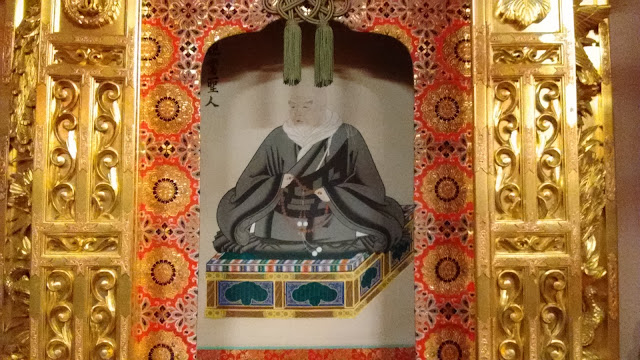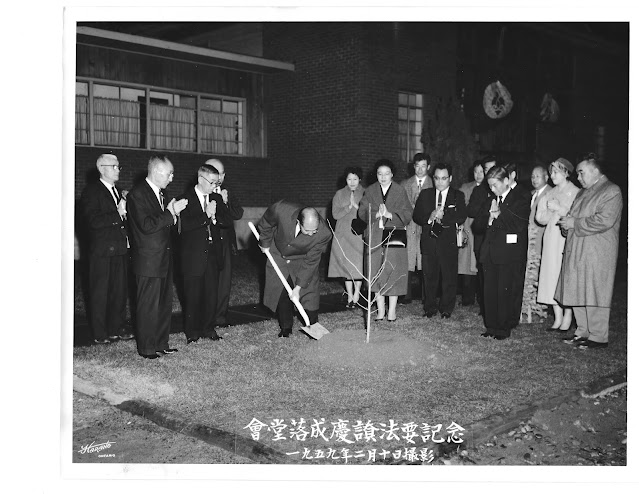Spring Equinox: Finding Harmony Between Light and Dark

In March we celebrate the Spring Ohigan. Ohigan is a Japanese Buddhist holiday that marks the equinoxes. The equinox days--one in spring and one in fall--are the times when the days and nights are of equal length. At the equinox the sun rises directly in the east and sets directly in the west almost exactly 12 hours later. It is a time of balance, of harmony, when it is not too hot or too cold, not too bright or too dark. It is a time of fertility and growth in the spring and of abundance and harvest in the fall. The Japanese term “ higan ” ( 彼岸 or ひがん) actually means "other shore" and refers to the realm of enlightenment, of freedom from suffering, the state of being and of understanding that Buddhists aspire to. The opposite of "Higan" is "Shigan," which means "this shore," our current life of suffering and delusion. Monks in Japan consider the equinoxes to be the ideal time to meditate and engage in spiritual practices to help them move
.jpg)




